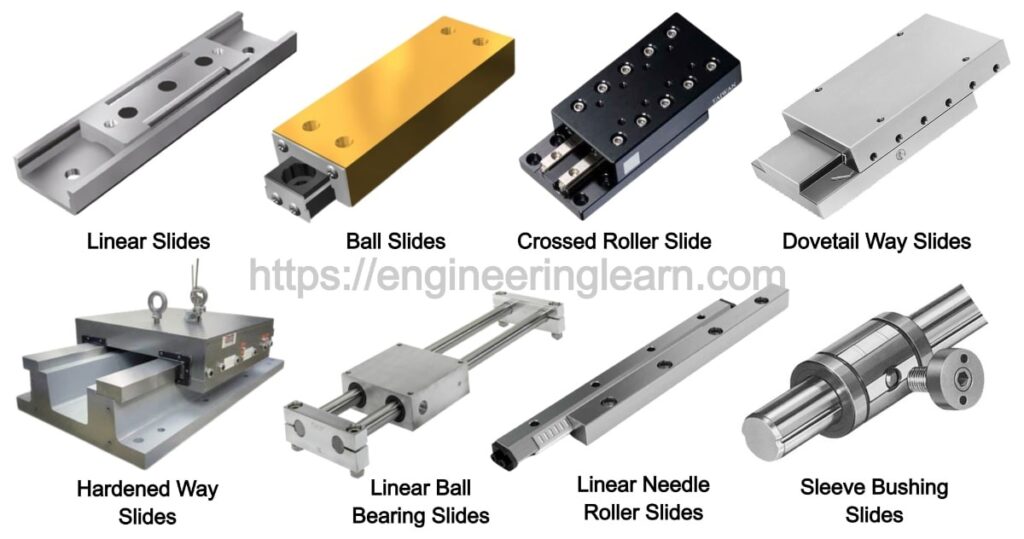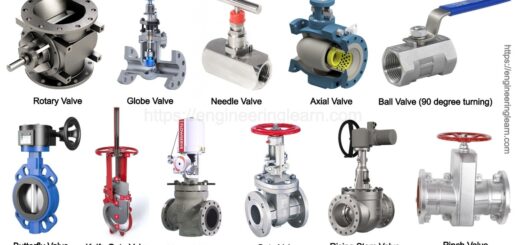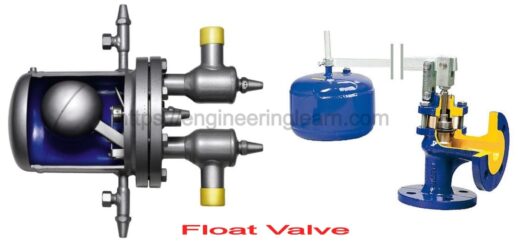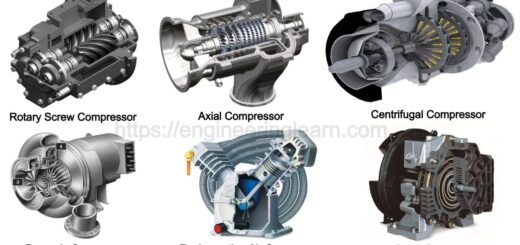Linear Slides (Linear Guide): Types, Components, Specifications, Features & Applications

What is Linear Slides?
Linear Slides (Linear Guide): Types, Components, Specifications, Features & Applications :- Linear slides are referred to as those slides and stages which are responsible for providing smooth, accurate linear motion and positioning for various types of automated machineries. These are the slides which uses one amongst several linear bearing methods in order to reduce the effect of friction, stick-slip and extra energy expenditure. Linear slides can also be defined as the ones which are similar to a simple linear motion devices and is found having a composition of a stationary base and a moving carriage.
Linear stages are those slides which is accompanied with a drive mechanism which provides controlled and precise position along with the linear axis. Linear slides and the linear stages are responsible for using a linear bearing in order to reduce the friction and to guide the slide. So, Here is a handy guide which help you in learning a lot about types of slides and all its details.
Types of Linear Bearing
Common linear bearing types which are used in linear slides are as follows:
- Air bearings
- Ball slides
- Crossed rollers bearings
- Dovetail ways
- Hardened ways/ box ways
- Linear ball bushings
- Linear motion guides
- Linear needle roller bearings/ M/V ways
- Sleeve bearings
Considering the rail or any stationary members of the linear bearings, these are the ones which are found to be assembled along with a base and a carriage which is then assembled to the moving member of the bearing. The linear bearing is responsible for providing a low-friction, smooth and accurate linear motion for the easy and hassle free carriage.
Linear slides are referred to as those slides which are typically used as a ball screw or lead screw and is supported by the rotary bearings as a drive mechanism in order to move the carriage. The screw is found to be fixed to the base, and the nut assembly is attached to the moving carriage. As soon as the screw starts the rotation, the nut along with the carriage moves linearly along the screw. The screw is then turned using a hand wheel or an electric motor which may or may not be included in the slide.
Other than this the alternative drive mechanism can also be used which do not require a ball screw or lead screw, like the linear motors, pneumatic cylinders and hydraulic cylinders. For instance, in a linear motor driven slide, the linear motor is found to directly approach the carriage along the slide. Pneumatic cylinders as well as thee hydraulic cylinders can be used. The cylinder body is found to be fixed to the slide base and the cylinder rod is found to be attached to the carriage.
Components of Slides
Here are some of the components of slides about which one must know so that working at sites becomes easier.
1. Base
The Base is most commonly found to be stationary which can also be mounted to a machine or any other surface. The base is usually found to be supported at the slide linear bearing, motor and screw components, if it is found to be present. The base of the slides is found to be made of materials like cast iron, steel or aluminum.
2. Carriage
The carriage is the component which is commonly found to be the moving component of the slide and is also known to be mounted to the moving member of any linear bearing or the driver. The carriage is equally responsible for supporting a spindle, machine subassembly or other components that purposely requires a linear movement. The carriage is mostly found to be of materials like cast iron, steel or aluminum.
3. Linear Bearing
The linear bearing can be incorporated into the base of the dovetail slide or the box way slide or can also any purchased bearing can be used in the sliding assembly.









